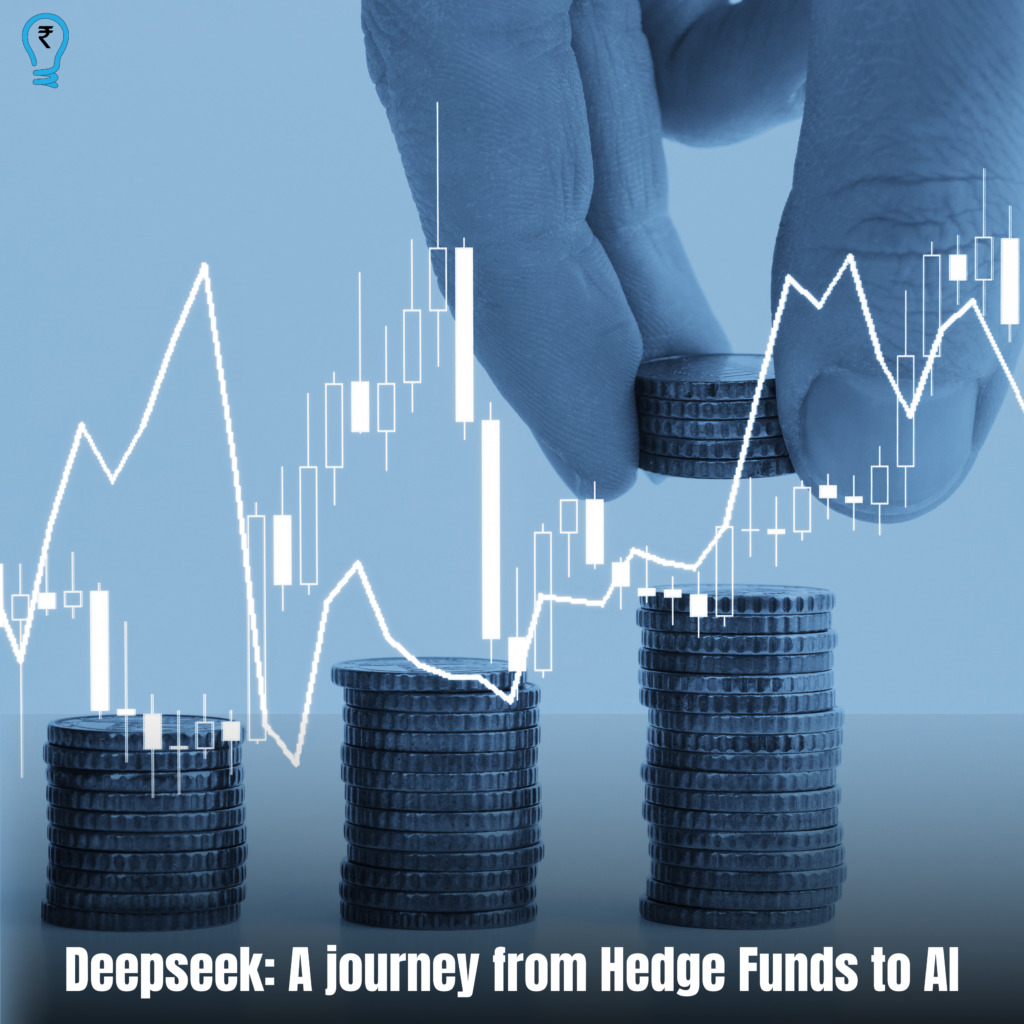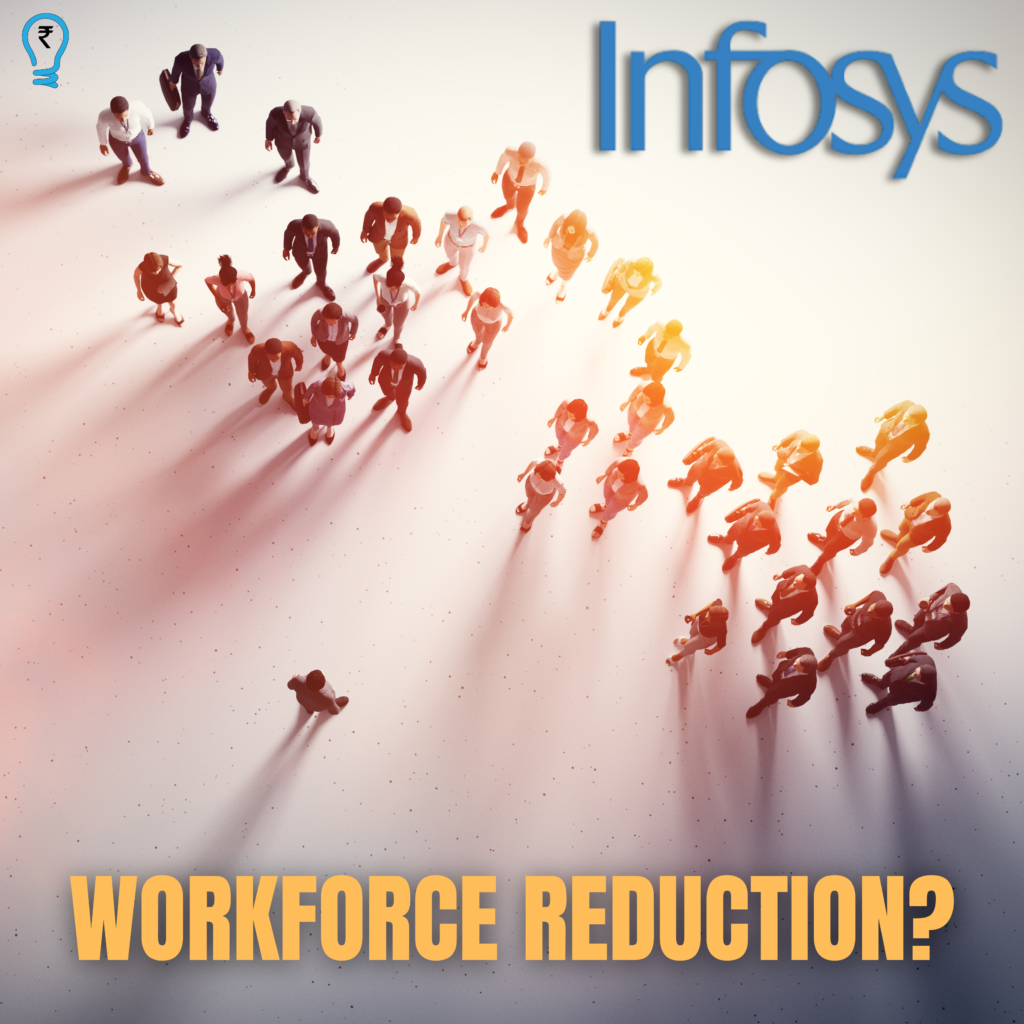The crisis in Sudan is not simply an economic failure; it’s the collapse of an illusion. For decades, the economy of Sudan was based on shaky ground propped up by short-term oil gains and an overdependence on external aid. The famine is also not only a humanitarian catastrophe; it’s a situation which emphasizes how macroeconomic instability often brings with it microeconomic despair. The article focuses on Sudan’s economic dimensions, including its structural weaknesses, the implications of continuous connection, and the negligence of policies in a manner that has worsened the crisis.
Colonial Foundations:
The economy of Sudan under colonial rule (1899–1956) was shaped to meet the imperial interests of the British-Egyptian condominium. At its heart was the Gezira Scheme, a massive irrigation scheme begun in 1911 for cotton production, which eventually became Sudan’s leading export. As such, it transformed Sudan into one of the world’s largest exporters of cotton but locked into an economy dependent on monoculture. It did however, still remain vulnerable to commodity price fluctuations and environmental shocks due to the lack of diversification. Also, colonial policies were skewed more towards extraction of natural resources rather than investing in infrastructure development or even industrialization that would be crucial for its own development on independence. The result? A lopsided country. Economic power was concentrated in Khartoum and central Sudan, while regions like Darfur and South Kordofan were left out in the cold. By independence in 1956, Sudan had a population where fewer than 10% could access education, and industrial output was a paltry 5% of GDP. The seeds of inequality were sown deep, waiting to germinate into conflict and economic disparity.
From Independence to Crisis: A Spiral of Instability:
At independence, Sudan inherited a state apparatus that was ill-prepared to meet the needs of its people. Political instability ruled as governments oscillated between democratic experiments and military coups. Economic policies went awry-industrialization efforts in the 1960s were riddled with corruption and inefficiency, while socialist policies under Gaafar Nimeiry in the 1970s alienated the private sector and foreign investors. Oil, discovered in the late 1970s, could have been a blessing. However, it turned out to be a curse. By 2000, oil was the mainstay of 60% of Sudan’s GDP and nearly all export revenues. However, the wealth stayed with a few, providing a means for military campaigns that reached Darfur. Agriculture remains an occupation for 70% of the population. This illusion of economic stability was shattered when South Sudan seceded in 2011, taking with it 75% of the country’s oil reserves. Sudan was squeezed back into agriculture, but decades of neglect, compounded by climate change, left the sector incapable of meeting the nation’s needs. Staple crop yields—sorghum and millet—have plummeted by 35% since 2011. Today, a kilogram of sorghum costs 3,000 Sudanese pounds, nearly 20 times what it did a decade ago.
Current Collapse
The Sudanese economy is unraveling at a dangerous rate, casting Sudan into a crisis as much human as it is financial. Hyperination, running at over 300%, has rendered the Sudanese pound almost worthless, destroying the value of wages and savings. Bread, cooking oil, and medicines are now out of reach for millions. The devaluation, in an attempt by the government to correct what was labeled a ‘dysfunctional economy,’ has instead deepened the crisis to staggering levels of ination. Households were devastated by this collapse, with families spending up to 80% of their income solely on food. Despite this, however, people are selling o what little assets they have and skipping meals to survive. To more than 20 million Sudanese, who make up 42 percent of the population, it has gone beyond poverty to survival.
The roots of the crisis are deep. Sudan’s trade deficit is now $3.9 billion due in part to a catastrophic fall in exports. Since South Sudan’s secession in 2011, which took with it 75 percent of Sudan’s oil reserves, exports have fallen by 60 percent. Once a major oil exporter, Sudan now depends on agriculture and gold exports- two sectors led with inefficiencies and smuggling. Imports of staples like food and medicine have shrunk to a trickle as foreign reserves are nearly depleted. Shortages of life-saving drugs have driven the country into a public health emergency.
The collapse is a daily assault for ordinary Sudanese. Households, already stretched to the limit, are now caught in a vicious cycle of rising costs and diminishing returns. Many families are selling land, livestock, and goods to buy food. Nutrition among children is deteriorating rapidly, with over 35 percent of children suffering from stunting. Acute malnutrition, or wasting, is widespread, and hunger has become an ever-present threat, especially in rural areas. It is not just food insecurity; it is a collapse of human dignity.
The informal economy, which generates livelihoods for 65% of the workforce, is also disintegrating. Street vendors and day laborers, the backbone of Sudan’s urban and rural markets, are seeing their incomes halved or wiped out entirely. Women, who dominate the informal sector, are among the hardest hit. They face an impossible choice between spiraling debt and inadequate means to support their families. Economic paralysis in these sectors has further eroded Sudan’s fragile social fabric.
The services already stretched before the crisis now have crumbled. Hospital drugs are scarce, while other preventable diseases like malaria and diarrhea claim people in alarming numbers. Education, on the other hand, has collapsed. Schools close in school districts due to a lack of funds, unpaid teachers, and a lack of supplies. More than seven million children are out of school. This is a generational deficit in education that Sudan will live with for generations to come. This loss of human capital is the nation’s greatest resource, yet it is invisible and devastating.
As rural communities collapse under food shortages and convicts, waves of displaced people are moving into urban centers like Khartoum. The migration is creating overcrowded slums, straining already fragile urban infrastructure, and driving unemployment even higher. On the other hand, agriculture, that once sustained much of Sudan’s economy, is experiencing a sharp decline due to climate shocks, mismanagement, and convict. This more-or-less self-reinforcing loop between rural collapse and urban congestion then propels the country further down this spiral. The international community has not been oblivious to Sudan’s plight, but aid alone cannot stem the tide of speering. Humanitarian assistance currently accounts for about 10% of Sudan’s GDP, yet funding gaps and logistical challenges mean millions remain unreached. Donor fatigue, coupled with competing global crises, has left aid pipelines unreliable.
A Cycle of despair:
Sudan’s famine and economic collapse feed into each other. Malnourished workers are less productive, shrinking the GDP and deepening the crisis. Families sell the land and livestock- some of the most important recovery assets- just to word the food. Rural communities have been moving in masses to urban centers, crowding cities in ways that further reduce agricultural output. And with humanitarian aid accounting for 10 percent of GDP, Sudan’s dependency on foreign assistance is a precarious lifeline. But what makes Sudan’s story so tragic is that this isn’t just a natural disaster or the singular failure of policy. It is the systemic neglect, historical inequities, and modern mismanagement all coming together. Famine and economic collapse are not mere statistics; they are lived by millions who have been let down both by their country and the global community. Sudan stands at a crossroads. To let this crisis fester is to abandon an entire nation. But to address it requires more than aid; it demands a rethinking of how economies are structured, how resources are shared, and how humanity responds to its most vulnerable. This is not just Sudan’s crisis- it is a test of the world’s moral and economic systems.

Keshavaditya Sharma
Member
Deepseek: A journey from Hedge Funds to AI
Introduction: In this busy and bustling day to day life of ours managing our Finances…
Beyond Numbers: The Human Cost of Infosys’ Layoffs and the Global Normalization of Workforce Reduction
A Familiar Script: Infosys and the Corporate Playbook of Disposable Labor: On February 7, 2025,…
Understanding Tariffs and Their Impact on India
What Are Tariffs? Tariffs are taxes governments levy on foreign imports to make the goods more…
The Economics of Player Transfers in Football
Introduction: In the world of football player transfers are more than just transactions, they are…
Session 5
Session 5- Unraveling Equity Derivatives: Insights from the Fifth Development Session The Fifth Development Session…
An Attempt To Deteriorate The Creditworthiness of Indian Entities
Introduction: The growth story of India in almost every sector is not alien to the…








